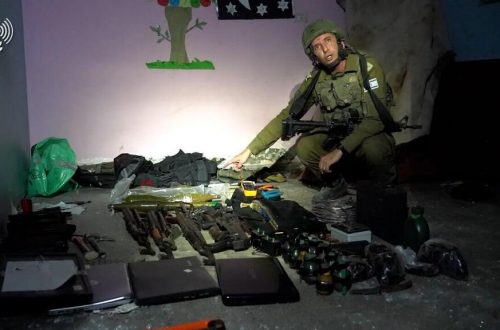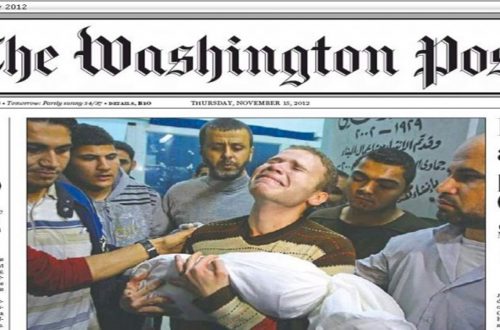Well, the Human Rights Watch 2008 World Report is now out and I’ve been dipping in to it’s 581 information-rich pages.
The section on Israel/Palestine demonstrated some counter-intuitive (for most) facts about the cause of Palestinian deaths.
For instance, if you were to pull the name of a Palestinian killed violently (excluding those who were actively engaged in armed combat with Israeli forces) there would be a 3-1 chance that that person had been killed by a fellow-Palestinian.
It is true. The numbers do not lie. Numbers are by nature cold and heartless, and it is easy to forget we are talking about people here. We shouldn’t. But let’s not moralise for a bit so we can let the maths talk uninterrupted.
According to the Human Rights Watch report:
“Between January and October 2007, 245 Palestinians, about half of whom were not participating in hostilities, were killed by Israeli security forces.”
Okay, so that’s roughly 120 Palestinians caught in the crossfire, so-called “collateral damage” (that terrible concept) from air-strikes, or otherwise killed while not in active armed combat.
But in that same period, according to HRW:
“Palestinian armed groups, rival security forces, and powerful clans continue armed attacks on one another. At this writing, 318 Palestinians, including many civilians, had died in such fighting in 2007, most of them in Gaza. By far the worst round of fighting broke out in June 2007 and left 161 Palestinians dead, including 41 civilians.”
In other words, as I pointed out, if you are a Palestinian not engaged in armed conflict with Israel but are fated to be a casualty of violent conflict, you are almost 3 times more likely to be killed by another Palestinian.
Indeed, Hamas’s violent take-over of Gaza killed more Palestinians in just one month than Israel’s did in a year.
To add perspective though, double the number of the total annual conflict casualties of Palestinians and Israelis combined have died in post election Kenya in just a few weeks.
Right, enough of reducing people to statistics, as sobering as the exercise may be.
Let’s look at the people taking responsibility for some of the atrocities – or rather not. HRW notes the following “serious violations of international humanitarian law”
“such as torturing and summarily executing captured and incapacitated fighters, including inside hospitals; unnecessarily endangering civilians by deploying in populated areas during the fighting; and blocking the access of medical teams to injured persons.”
The report also notes there were “no efforts to investigate these crimes or hold anyone to account, further entrenching impunity.”
Of course, the rhetoric is familiar. These are the crimes – some shamefully valid, others invented or exaggerated – of Israel, the unique evil. Not so unique it turns out. In this instance, HRW weren’t talking about Israel. These are the recorded crimes of Hamas and Fatah.
If I don’t focus on the indictments of Israel in the report (though I encourage you to read them), it is only because most they are well known, emphasised, and routinely condemned in the media and by campaigning groups. But at the same time, these groups sweep inconvenient truths about the conflict under the rug.
Take Israel out of the equation (sorry, back to maths) and the Palestinian territories remain a site of violence and mayhem at the hands of “armed groups, rival security forces, and powerful clans”.
Is anybody even talking about this?


